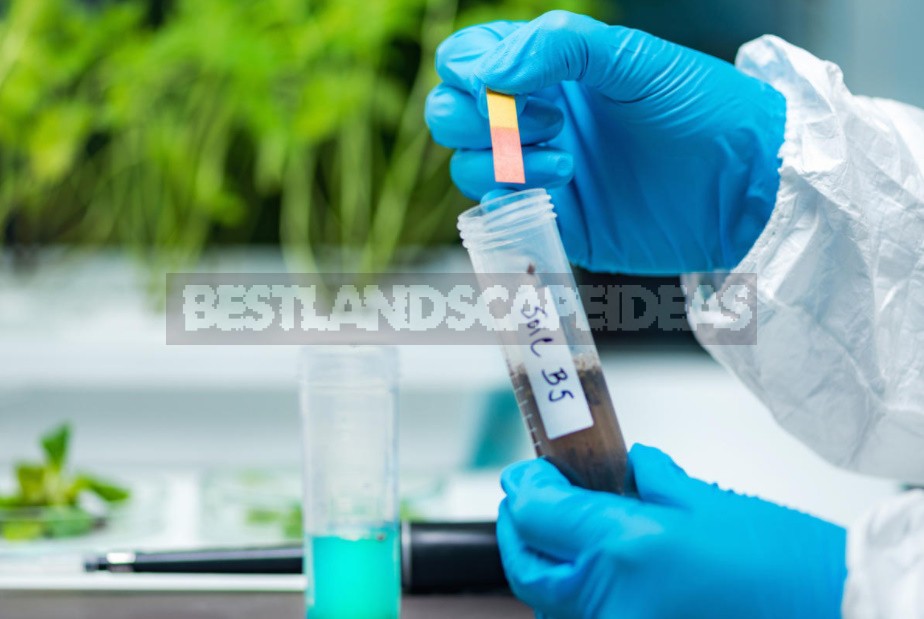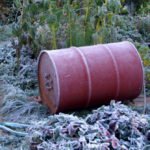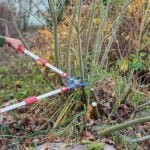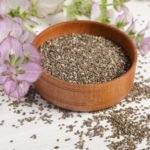Gardening is not just for you, you need to do gardening. And one of the many useful skills of a real gardener-gardener is the ability to determine the degree of acidity of the soil on your site. It is also important to know what to do with it — how to deoxidize the soil on the site.
The factor of acidity of the environment must be taken into account in gardening activities. However, the vegetable garden is not a supermarket — there are no tags indicating the value of this parameter. And it is important to know the pH of the soil for a gardener to grow beets and cabbage without problems, to make flower beds correctly, to impress friends with blue hydrangea and to properly care for conifers. And however-and for any other plants.
How to determine the acidity of the soil
The most accurate way to determine the acidic properties of the soil is to contact specialized laboratories. However, their service, while not very expensive, is not always readily available. Therefore, it does not hurt the gardener to know how to determine the acid-base properties of the soil independently.
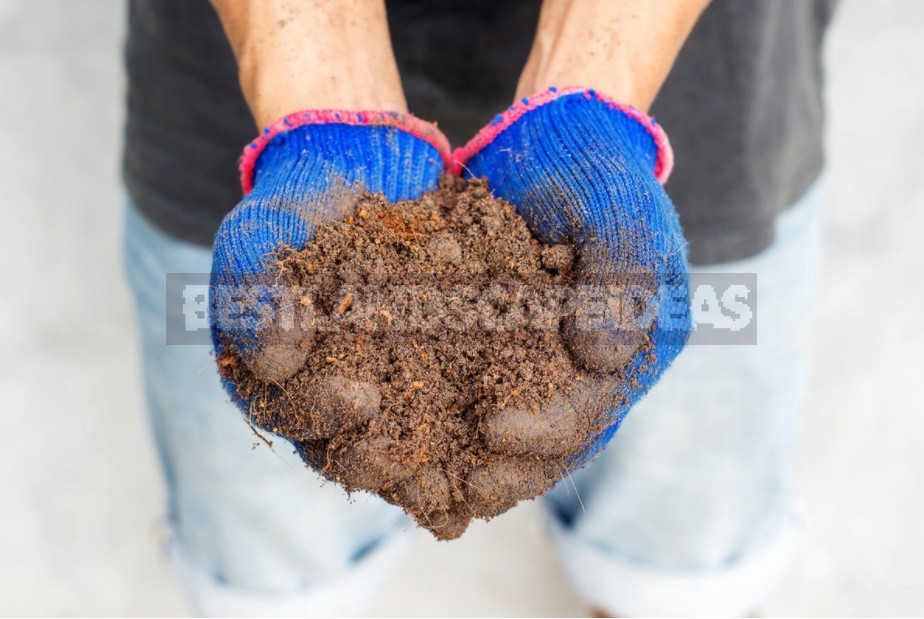
Indicator plants
One of the most common tips on how to determine the acidity on your own is to observe wild plants. If your site has cranberries, blueberries with lingonberries, Calluna vulgaris or sphagnum moss, then there is no doubt that the soil is strongly acidic.
Also on such lands you can find Melampyrum pratense, Raphanus raphanistrum, Convallaria majalis, Spergula arvensis, Nardus, Ranunculus repens, Deschampsia and others.
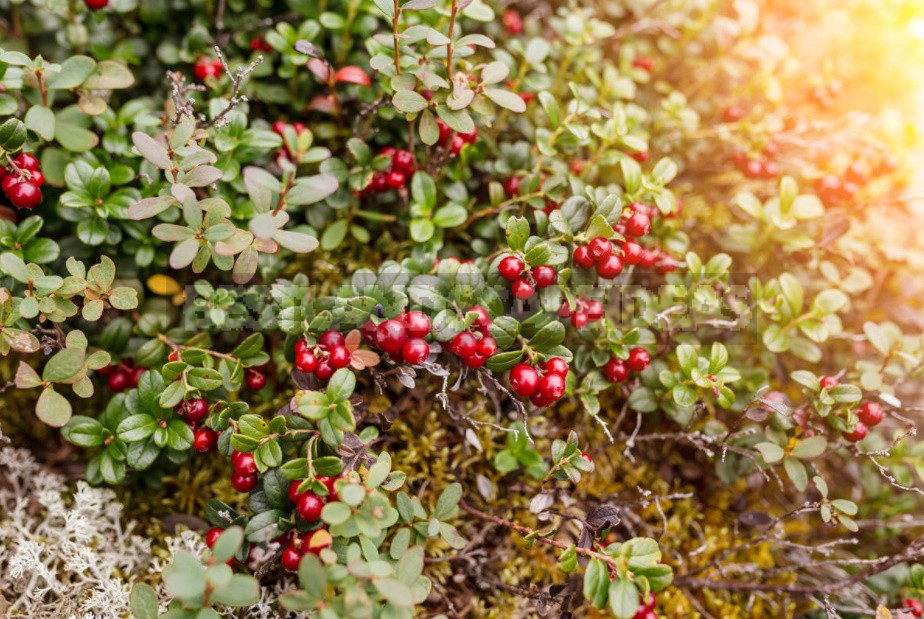
Matricaria recutita, Anemone nemorosa and Galium sylvaticum will indicate a slightly acidic environment. Hepatica triloba, Ranunculus auricomus or Stachys sylvatica — plants of soils close to neutral. But accessing such indicators is an unreliable method. First, it works only on natural, uncultivated lands. Secondly, even in the forest or in the field, it is impossible to determine the acidity of one plant species — you need to evaluate the plant communities as a whole.
Devices for measuring acidity
To determine the hydrogen index, use the pH meter device. On sale, you can find analog and electronic versions. The action of a pH meter is similar to a voltmeter, in which the scale is graded in pH units: the EMF (electromotive force) is measured, proportional to the activity of hydrogen ions.
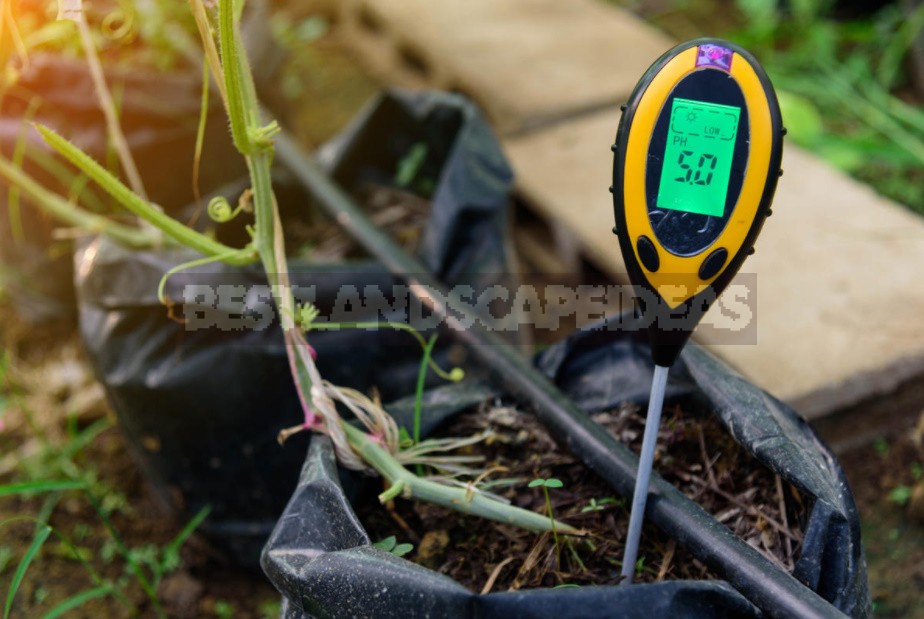
Of course, professional devices (laboratory or medical) are expensive. But now you can buy simple household models. It is said that household pH meters give a fairly accurate result, quite sufficient for gardening work.
Indicator strips
Another way is to remember the lessons of chemistry: to determine the acidity with the help of organic substances-dyes that change color depending on the pH value. The most common are litmus, phenolphthalein, and methylorange.
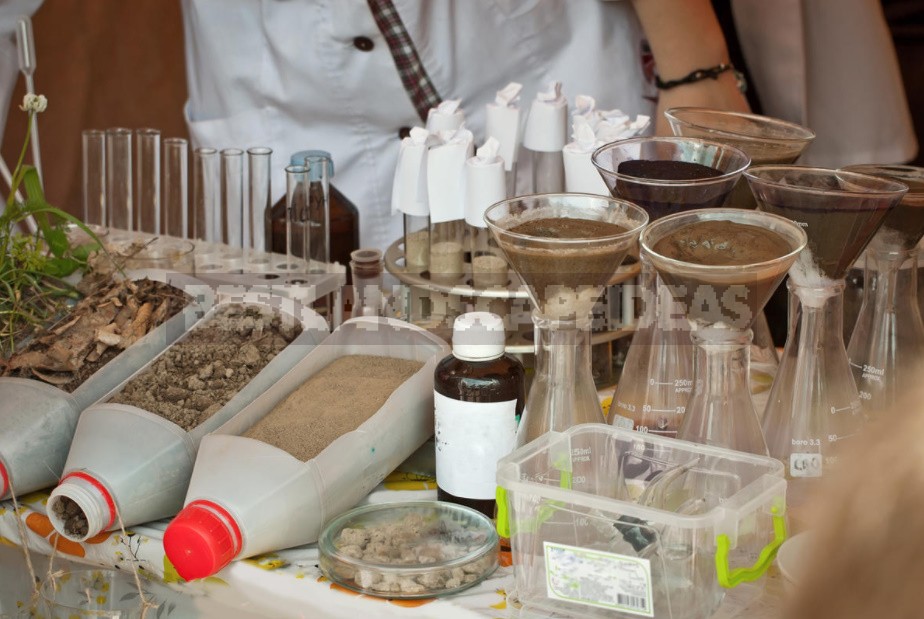
On sale there are sets of test strips impregnated with these substances, as well as solutions of indicators. When the signal substances interact with the soil extract, their color changes. By comparing it with the control scale, you can determine the pH level.

How to determine the acidity at home
If neither the device nor litmus tests are at hand, then as an indicator substance, you can use improvised means that are most likely to be found in any summer resident — a decoction of currant leaves, an infusion of black currant juice or red cabbage.
Soda and vinegar
On the Internet, there was another way to determine the acidity of the medium — using vinegar and soda. In 2 soil samples in the form of soil extract, you need to add soda and vinegar. If the reaction with the release of gas will take place in a vessel with vinegar, then the soil is alkaline. And if on the contrary (when adding soda) – it means that it is acidic. The disadvantage of this method is a very approximate result.
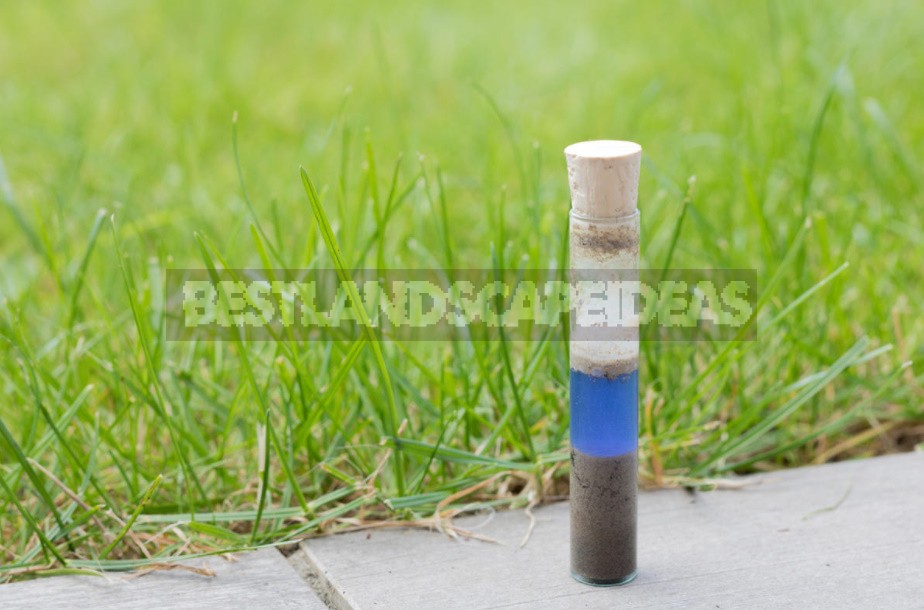
Water soil extract is prepared as follows: Rub 100 g of soil into dust, place in a container and pour 500 ml of distilled and boiled water to remove gases. Mix thoroughly (at least 5 minutes) and let stand. The extract prepared in this way will also be required for the study with the help of indicator test strips or solutions.
By appearance
You can determine acidic soils by their appearance. If there is a whitish coating on the ground, it is gray in color, and there is a well-defined podzol under the sod layer (in the forest), then the soil is probably acidic.
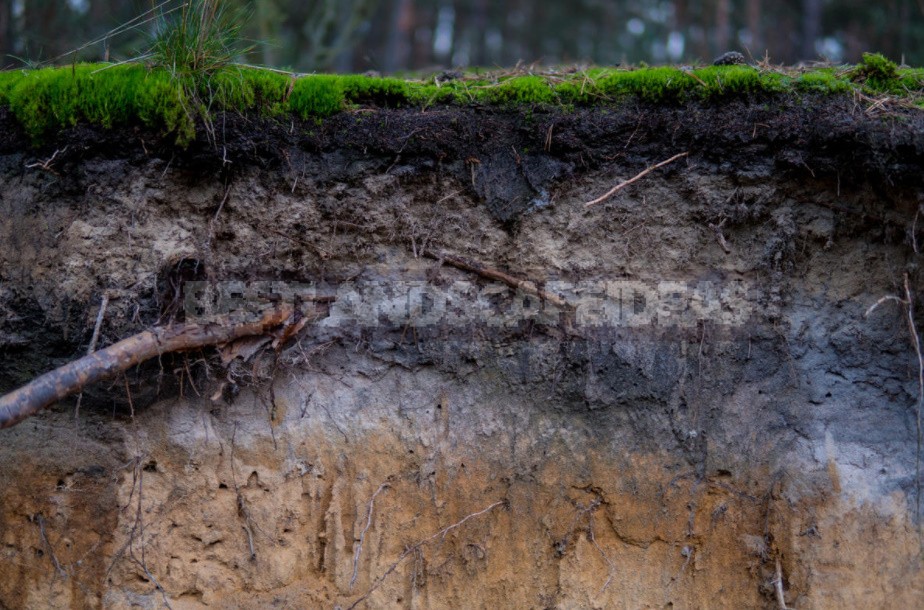
How to deoxygenate the soil on the site
Having learned to determine the degree of acidity in various ways, you can finally move on to the main question — how to deoxidize the soil on the site.
In most of the territory, due to climatic conditions, the soil itself is acidic. The use of fertilizers — organic, and especially mineral (ammonium nitrate, urea) – also increases the acidity. Measures to improve the acid-base balance of the soil are called chemical reclamation. They consist in the use of lime fertilizers-substances containing hydroxides, oxides and carbonates of calcium (in most cases) and magnesium. Scientists believe that the liming of soils in order to improve farmland, people began to engage in the first century. B.C., and maybe even earlier, but there is no reliable evidence of this.
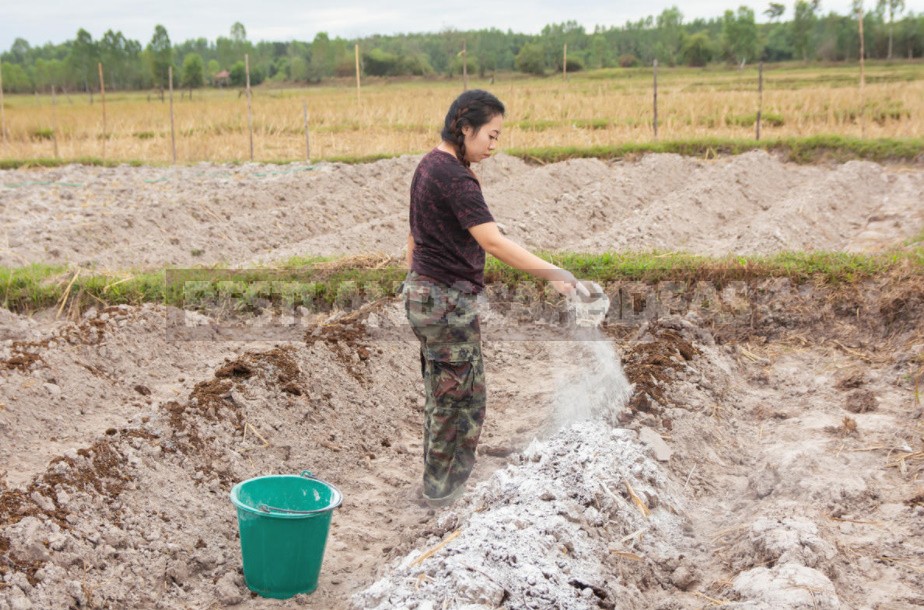
The need for lime fertilizers depends on the degree of acidity of the soil:
- strongly acidic (pH less than 4.5) very much need liming;
- acidic (pH 4,6-5) – the need for liming is medium;
- slightly acidic (pH 5.1-5.5) – the need for lime fertilizers is weak;
- soils close to neutral (pH 5.6-6) do not need deoxidation measures.
In agriculture, in addition to the level of acidity (pH), when applying lime fertilizers, the saturation of the soil with bases and its granulometric composition are also taken into account. The need for liming also depends on the cultivated crops. So, beets and white cabbage, as well as other crops, whose optimal pH range is in the range of 6-7.5,respond well to the application of lime fertilizers, even on soils where the pH is close to neutral. This should be taken into account when crop rotation.
